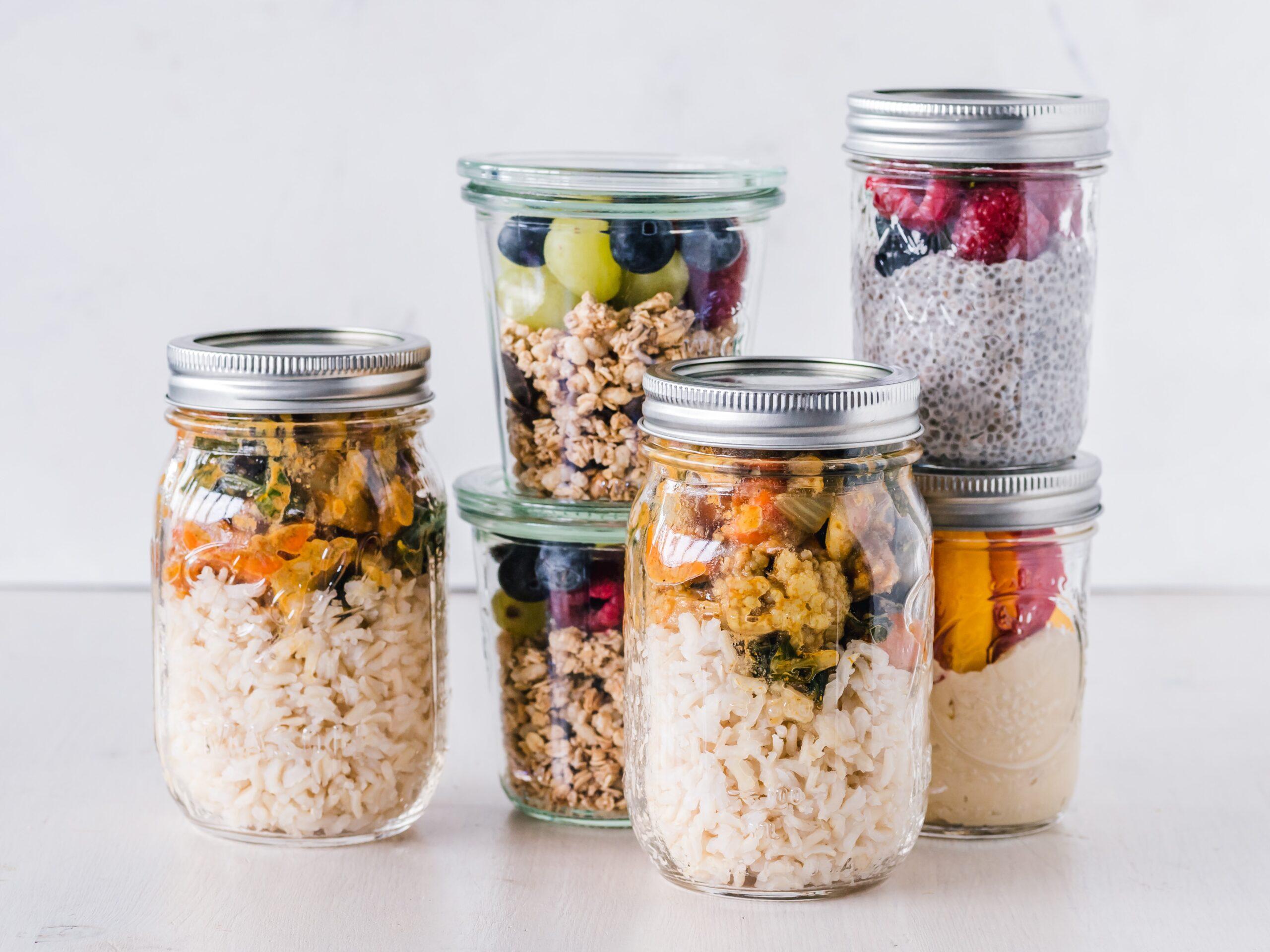Families across the country have plenty to think about during back-to-school season. For parents, new school supplies and changing schedules are top of mind, while kids are thinking about new friends, classes and teachers. But for families of children with food allergies, returning to school can be even more stressful as they might worry about accidental exposure and potential anaphylaxis.
Food allergies are increasingly common in American schools. According to Food Allergy Resources and Education (FARE), one in 13 children have at least one food allergy, and more than 15% of school-aged children with a food allergy have had a reaction while at school. Some schools are taking steps to create safer environments for students with food allergies – like establishing nut-free classroom policies – and researchers are studying new oral immunotherapy (OIT) candidates as an option to help desensitize children to their allergen. OIT involves providing controlled doses of an allergen to a child with the goal of increasing their tolerance over time and could potentially help treat patients with specific food allergies if these products are approved by the U.S. Food and Drug Administration (FDA).
But even with potential new treatment options on the horizon, it’s important for families with kids with food allergies to never let their guards down. Here are a few proactive tips to prepare your child with food allergies for a transition to a new classroom.
Talk to your child’s teachers and school administrators before school starts.
If your child has a food allergy, inform your school principal, teacher and nurse and work together to develop a plan to keep your child safe at school. A discussion with a teacher, administrator or nurse is a great time to determine whether the school is prepared to deliver epinephrine – a shot of adrenaline that counteracts symptoms of anaphylaxis – in the event of a reaction. (And if you suspect your child might have a food allergy, take them to see a board-certified allergist before the first day of class.)
Encourage food safety protocols for student and family-made treats.
Efforts should be made to restrict common allergens in classrooms, including foods that are provided for class-wide consumption during celebrations or related events. Discussing food safety protocols with the appropriate administrator can help make your child’s classroom safer for all students.
Clarify classroom cleaning methods at mealtimes.
Tables and other furniture should be carefully wiped down with soapy water if common allergens have been present in the classroom as even trace amounts can trigger a reaction.
Educate other parents on the importance of avoiding exposure.
Although it often falls on the parents of a child with a food allergy to protect them from potential allergens, parents of children without food allergies can make a difference, too. Sharing information about nut allergies with your child’s classmates’ parents is an important and effective tool for ensuring safety in the classroom.
Empower your child to advocate for themselves about their food allergies.
Although it’s natural for a parent to want to protect their child from potential allergens, kids need to be ready to advocate for themselves while away from their families. Talk to your child about how to discuss their food allergy with teachers, students and peers, and encourage them to be cautious around potential allergens and assertive when in potentially unsafe environments.




